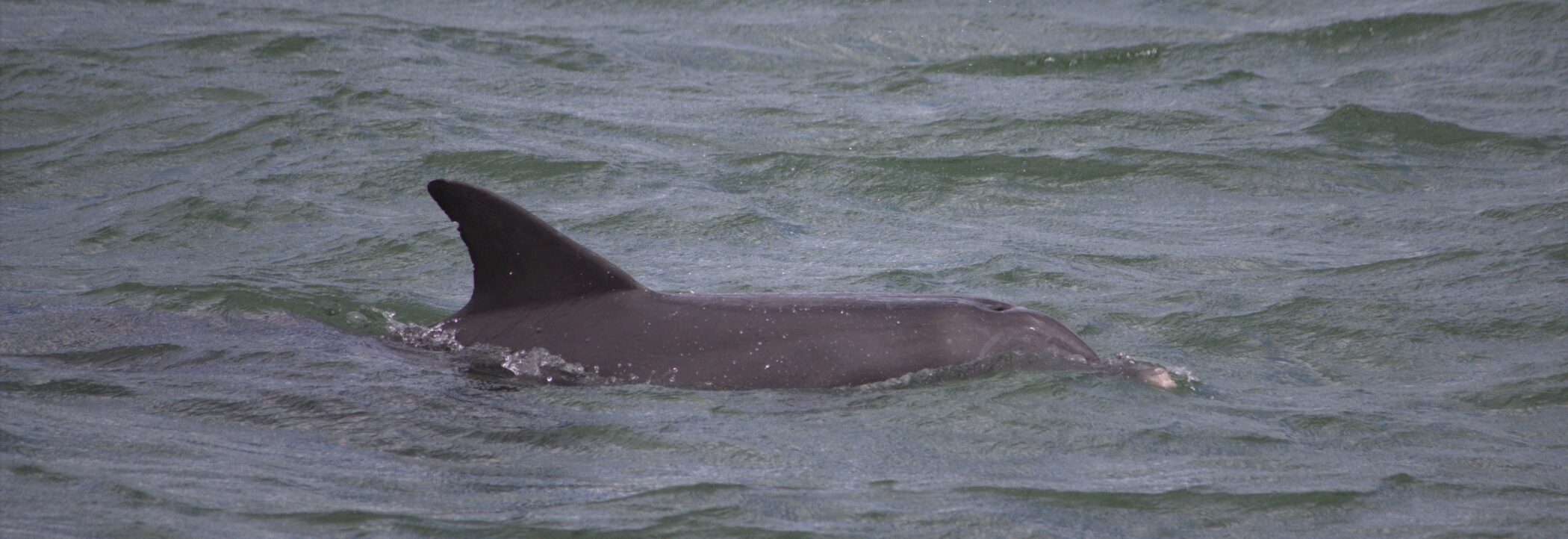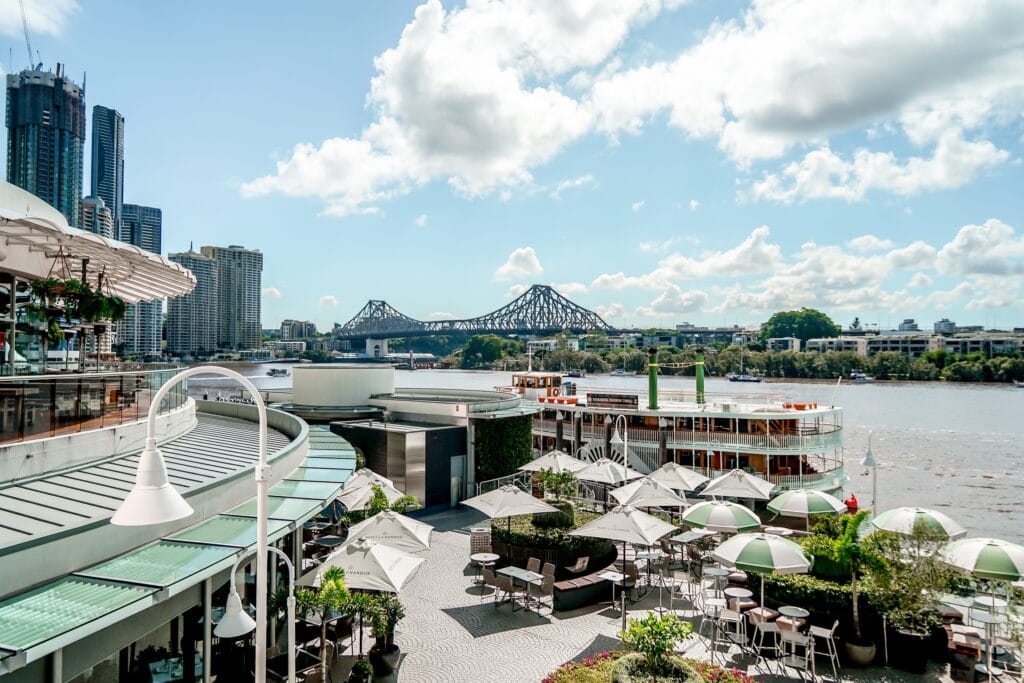WILDLIFE WATCH
And the SA government is waiving fees to commercial operators affected by declining catches caused by the bloom.
Environment SA says testing last week confirmed elevated levels of the Karenia mikimotoi algae along the metropolitan coastline with very high levels at the Garden Island and Outer Harbor boat ramps.
This is the same algae species first detected on the Fleurieu Peninsula in March, it says.
State agencies have taken weekly water samples at 17 sites at West Lakes, Port River, Patawalonga River and off jetties at Largs Bay, Grange, Glenelg and Port Noarlunga.
Port River is home to the Adelaide Dolphin Sanctuary, and the animals’ health and their water quality are monitored regularly by National Parks and Wildlife Service (NPWS), Flinders University and SA Environment Protection Authority.
Environment SA says dolphins are not believed to be at immediate risk but NPWS is monitoring water quality and undertaking algae testing.
The NPWS is testing dead dolphins found along the metro coastline believed to have died from winter storms.
GOVT WAIVERS LICENCE FEES
The SA Government is offering fee relief to commercial fisheries and aquaculture operators due to the blooms.
Affected commercial operations are located in Gulf St Vincent, Kangaroo Island and Yorke Peninsula as well as oyster growers, pipi harvesters, charter boat operators and fisheries around the River Murray mouth and Lakes and Coorong.
On Friday, the state government said it will waive $500,000 in aquaculture, biosecurity and government licence fees from April to June. A rural support grant for individuals of up to $1500 is also available.
Details: pir.sa.gov.au/fee-relief(external site)
ABOUT THE BLOOM
- The algal bloom discolours water and foam along the state coastline.
- It has affected marine wildlife, including fish, sharks, rays and a wide range of invertebrates.
- Karenia mikimotoi does not cause long-term harmful effects in humans.
- Exposure to discoloured or foamy water can cause short-term skin or eye irritation and respiratory symptoms, including coughing or shortness of breath.
- The bloom occurs naturally, and nothing can be done to dilute or dissipate it.
Source: Environment SA
The governments said that three factors are believed to have caused the bloom: A marine heatwave that started in September 2024, the 2022-23 River Murray flood washing extra nutrients into the sea and a record cold-water upwelling in summer 2023-24 that brought nutrient-rich water to the surface.
- If you are outdoors and experience irritation, go indoors, close windows and rinse exposed skin.
- If symptoms are more severe or do not resolve, call a doctor or call 000 if it is a medical emergency.
- Do not eat dead fish and cockles because of decomposition and spoilage; fish caught live are safe to eat.
- People and dogs should avoid swimming or surfing in discoloured water, foam or where marine life is dead or sick.
- Dog owners need to keep their pets from eating dead or dying fish, which may cause illness.
- For public health advice, visit SA HEALTH water quality alerts
- For regular bloom updates, visit SA harmful algal bloom update
[/dt_vc_list]






